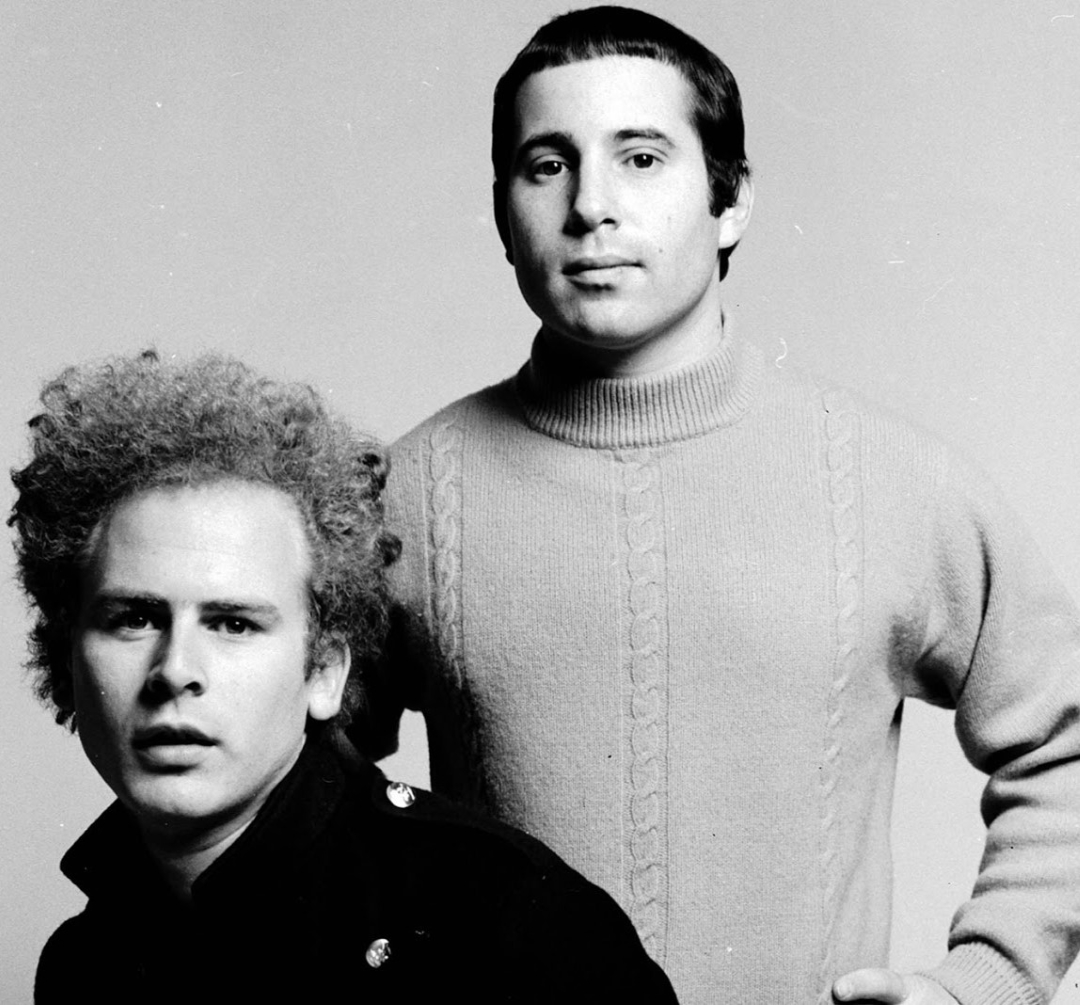
About the song
Originally written by Paul Simon in 1963, “The Sound of Silence” began its life as a sparse, acoustic folk ballad — but it would go on to become one of the most haunting and enduring anthems of the 20th century. First featured on Wednesday Morning, 3 A.M. (1964), the song initially went unnoticed. However, in a surprising twist of fate, it was re-released in 1965 with electric overdubs added by producer Tom Wilson — without Simon & Garfunkel’s knowledge — and suddenly it soared to No. 1 on the Billboard Hot 100, launching their careers almost overnight.
With its poetic lyrics, melancholic tone, and understated beauty, “The Sound of Silence” perfectly captured the quiet disillusionment of the 1960s — a generation grappling with rapid change, alienation, and a search for meaning.
The message and mood:
The song opens with one of the most iconic lines in modern music:
“Hello darkness, my old friend…”
It’s not just a greeting — it’s a confession, a retreat into solitude and introspection. Over five verses, Simon crafts a vision of a society plagued by silence — not the peaceful kind, but the dangerous kind born of apathy, disconnection, and fear. The “sound of silence” becomes a metaphor for the lack of true communication, the way people speak without listening, or hear without understanding.
Lines like
“People talking without speaking / People hearing without listening”
still feel piercingly relevant in an age of constant noise and little depth.
The musical evolution:
The original version, soft and acoustic, mirrored the song’s introspective themes. But the electric version — with electric guitar, bass, and drums added — brought a new sense of urgency and drama, bridging folk and rock in a way that predated the folk-rock boom led by acts like The Byrds and Bob Dylan.
The contrast between the solemn melody and the weight of the lyrics made “The Sound of Silence” not just a song, but a statement — quiet, yes, but thunderously powerful.
Impact and legacy:
After the surprise success of the electrified version, Simon & Garfunkel reunited (they had actually split up after their first album flopped) and quickly became one of the most important musical duos of the decade. “The Sound of Silence” became their signature song — covered by countless artists, featured in major films (most famously The Graduate), and continuously rediscovered by new generations.
Its endurance lies in its quiet intensity — a timeless meditation on modern life’s spiritual voids, delivered with poetic precision and haunting grace.
Final thoughts:
“The Sound of Silence” is a song of paradoxes — intimate yet universal, quiet yet deafening, simple yet endlessly interpretable. It gave voice to the unease of an era, and in doing so, became a voice for the voiceless. Over half a century later, it still echoes — a reminder that sometimes, silence speaks louder than words.
And sometimes, the softest songs carry the heaviest truths.
Video
Lyrics
“The Sound Of Silence”
Hello, darkness, my old friend
I’ve come to talk with you again
Because a vision softly creeping
Left its seeds while I was sleeping
And the vision that was planted in my brain
Still remains
Within the sound of silenceIn restless dreams I walked alone
Narrow streets of cobblestone
‘Neath the halo of a streetlamp
I turned my collar to the cold and damp
When my eyes were stabbed by the flash of a neon light
That split the night
And touched the sound of silenceAnd in the naked light I saw
Ten thousand people, maybe more
People talking without speaking
People hearing without listening
People writing songs that voices never share
No one dared
Disturb the sound of silence“Fools,” said I, “You do not know
Silence like a cancer grows
Hear my words that I might teach you
Take my arms that I might reach you.”
But my words like silent raindrops fell
And echoed in the wells of silenceAnd the people bowed and prayed
To the neon god they made
And the sign flashed out its warning
In the words that it was forming
And the sign said, “The words of the prophets
Are written on the subway walls
And tenement halls
And whispered in the sounds of silence.”